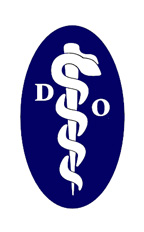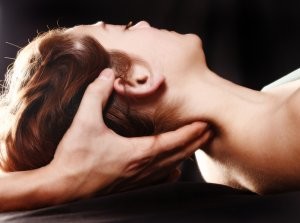 OSTEOPATHIC MEDICINE was founded on the frontier of Missouri in 1874 by Dr. Andrew Taylor Still. Dr. Still was an M.D. who became dissatisfied with 19th-century medicine after losing three of his children to meningitis. His strong will and individualistic personality pushed him to look beyond the medical practices of his time in search of a more effective approach to health care.
OSTEOPATHIC MEDICINE was founded on the frontier of Missouri in 1874 by Dr. Andrew Taylor Still. Dr. Still was an M.D. who became dissatisfied with 19th-century medicine after losing three of his children to meningitis. His strong will and individualistic personality pushed him to look beyond the medical practices of his time in search of a more effective approach to health care.
Dr. Still went back to the roots of medicine and studied the early teachings of Hippocrates, the father of medicine. He also concentrated on an in-depth study of anatomy and the relationship between body structure and body functioning. He discovered that inherent motion in bone, muscle, and fluid is present in the body, and that maintaining this motion is key to maintaining health.
Dr. Still found that these inherent motions where the body’s natural ability to heal itself and pioneered hands-on techniques to assess and enhance them. He also emphasized preventative medicine, eating healthy and keeping fit in mind, body and spirit.
Osteopathic Manual Treatments
 Everyone is born with an innate ability to maintain health in mind, body and spirit. Osteopathic medicine aids the body’s innate ability to heal. It consists of a hands-on approach to diagnosing and treating a person.
Everyone is born with an innate ability to maintain health in mind, body and spirit. Osteopathic medicine aids the body’s innate ability to heal. It consists of a hands-on approach to diagnosing and treating a person.
Various gentle techniques are utilized to free restrictions in muscles, fascia, joints, bones and fluid motion. Removal of restrictions in the body enables better motion; where there is motion, there is life on all levels. A typical osteopathic treatment consists of the physician placing their hands on the patient’s body to check bone and soft tissue alignment, as well as fluid movement. Areas of the body which have restrictions in motion due to alignment of fluid blockage issues are dealt through the application of osteopathic techniques.
 These techniques may use muscle contraction against resistance or the detection of tender points, and positioning of the patient in such a way as to relieve these tender areas and subsequently muscle spasm. Other techniques include applying gentle pressure to areas of fascial and ligamentous tension or enhancing fluid motion in the body. Throughout the treatment, no matter what technique is being utilized, the osteopath focuses on the patient’s inherent healing mechanism and allows it to guide them. This can be very relaxing, and it is not uncommon for patients to fall asleep during a treatment.
These techniques may use muscle contraction against resistance or the detection of tender points, and positioning of the patient in such a way as to relieve these tender areas and subsequently muscle spasm. Other techniques include applying gentle pressure to areas of fascial and ligamentous tension or enhancing fluid motion in the body. Throughout the treatment, no matter what technique is being utilized, the osteopath focuses on the patient’s inherent healing mechanism and allows it to guide them. This can be very relaxing, and it is not uncommon for patients to fall asleep during a treatment.
Osteopathic treatments can be utilized for any and all medical conditions. For instance, a patient with asthma would benefit from treatments focused on removing restrictions in the rib cage, thoracic vertebrae, and diaphragm to allow better respiratory motion. Lymphatic drainage techniques would aid in the removal of excess mucus, a common problem of asthmatics.
A patient with headaches would benefit from aligning and balancing movement of the cranial bones and sacrum aiding in cerebral spinal fluid motion. In addition, fascial release, muscle spasm removal in the neck, alignment of cervical vertebrae and facial sinus drainage techniques are commonly used to alleviate headaches.
A patient with lower back pain would benefit from techniques to align the lumbar and sacral areas of the spine, fascial and tender point techniques to relieve soft tissue and muscle spasm, and fluid balancing of the spine.